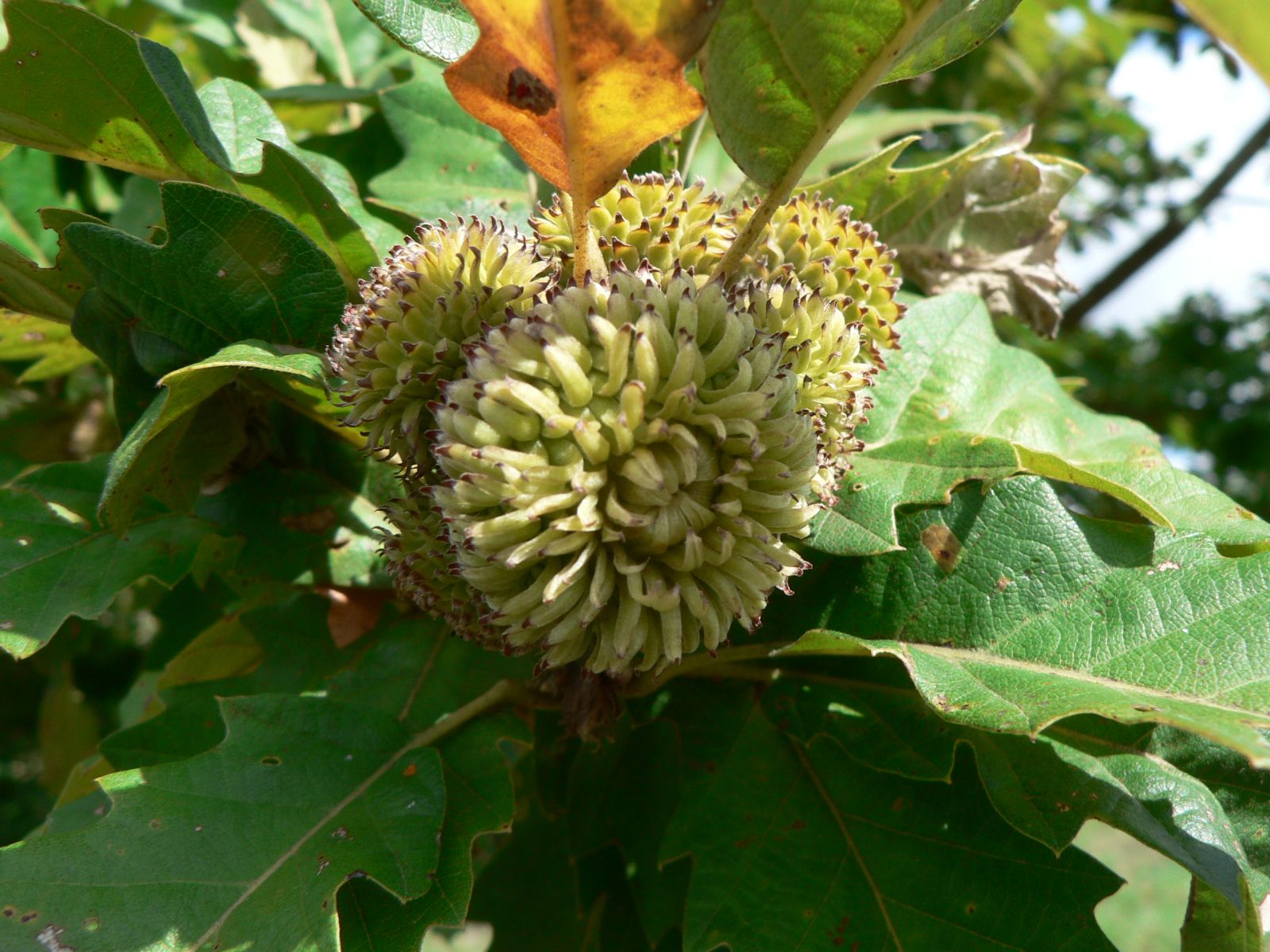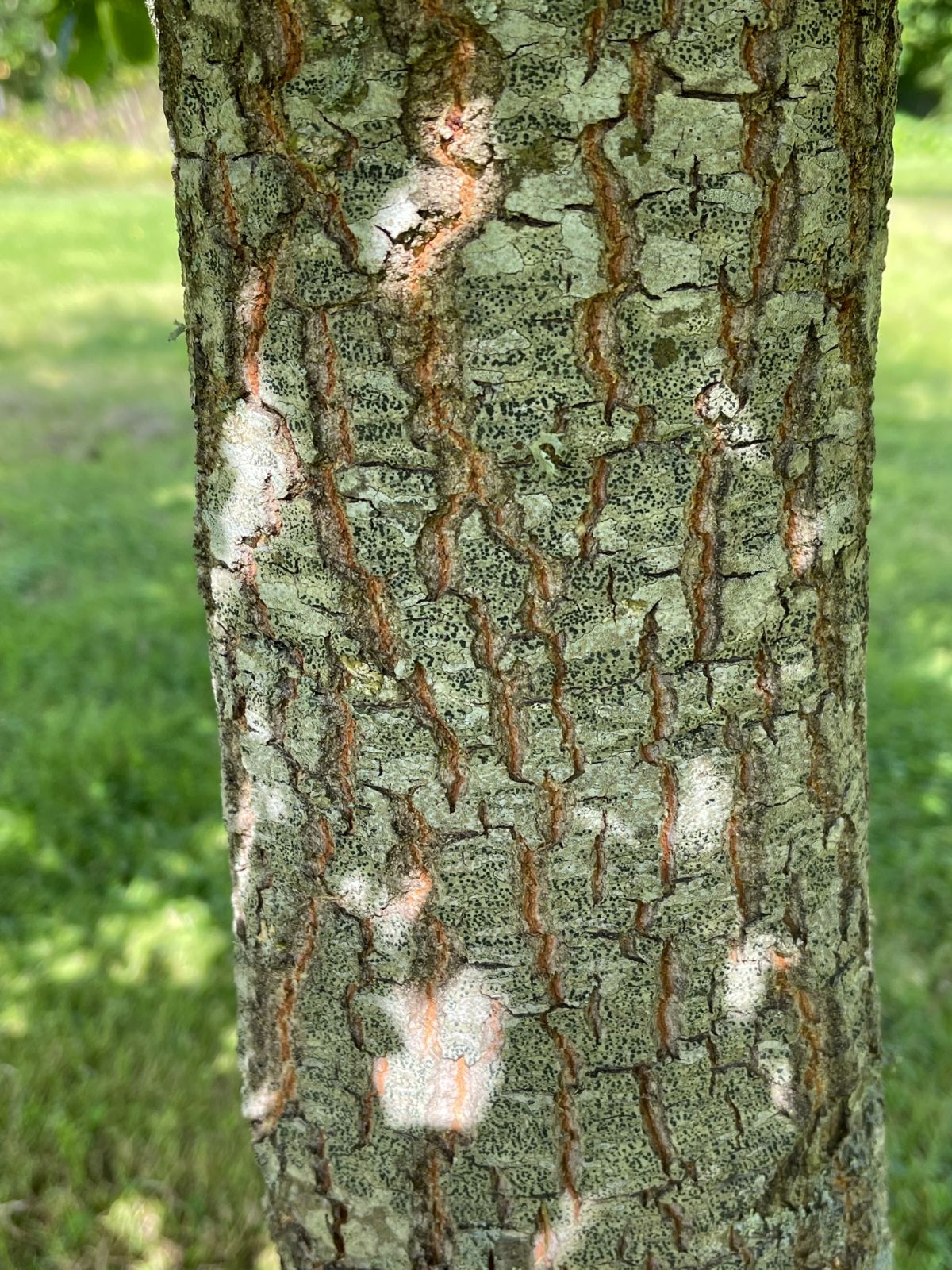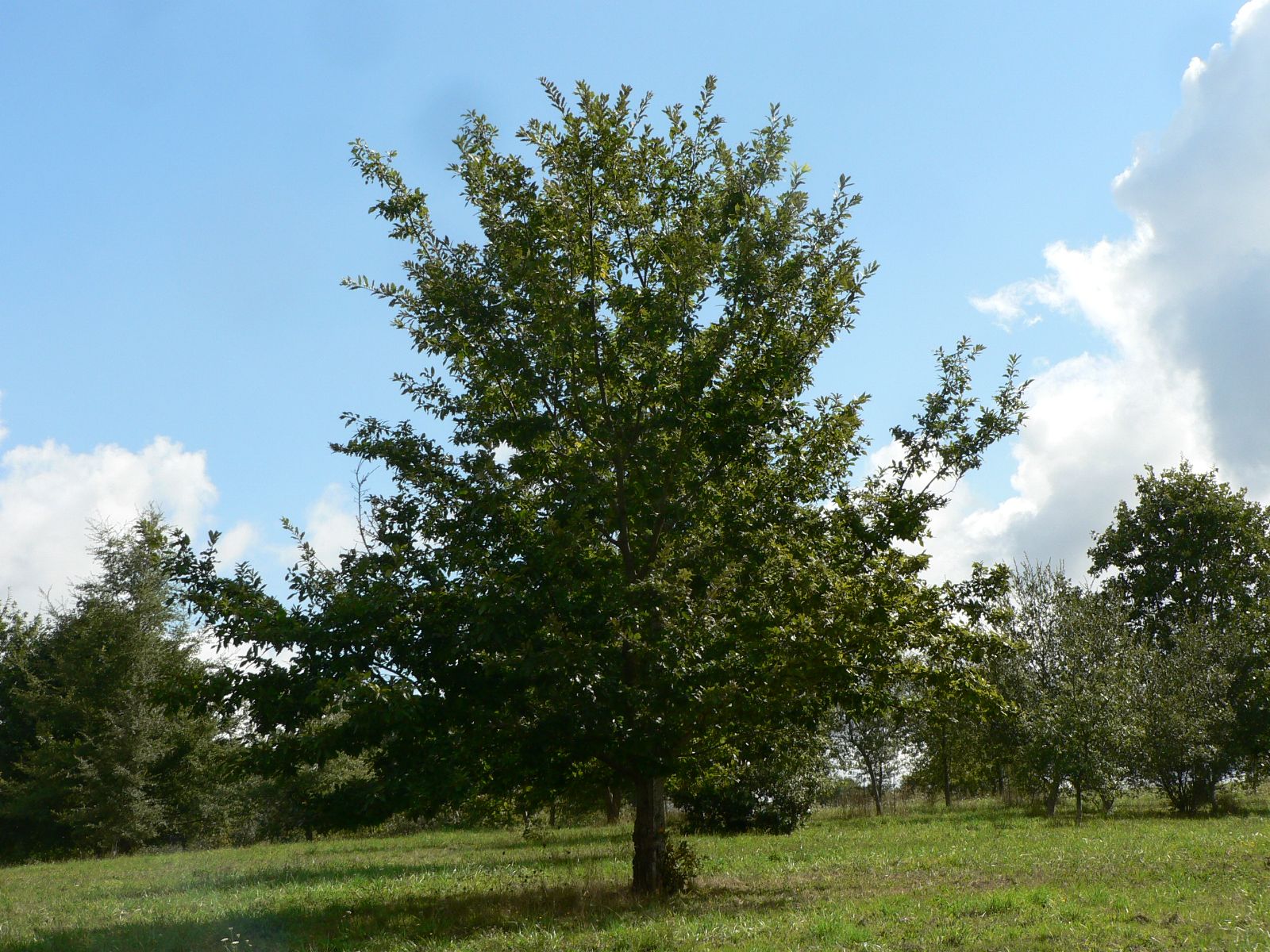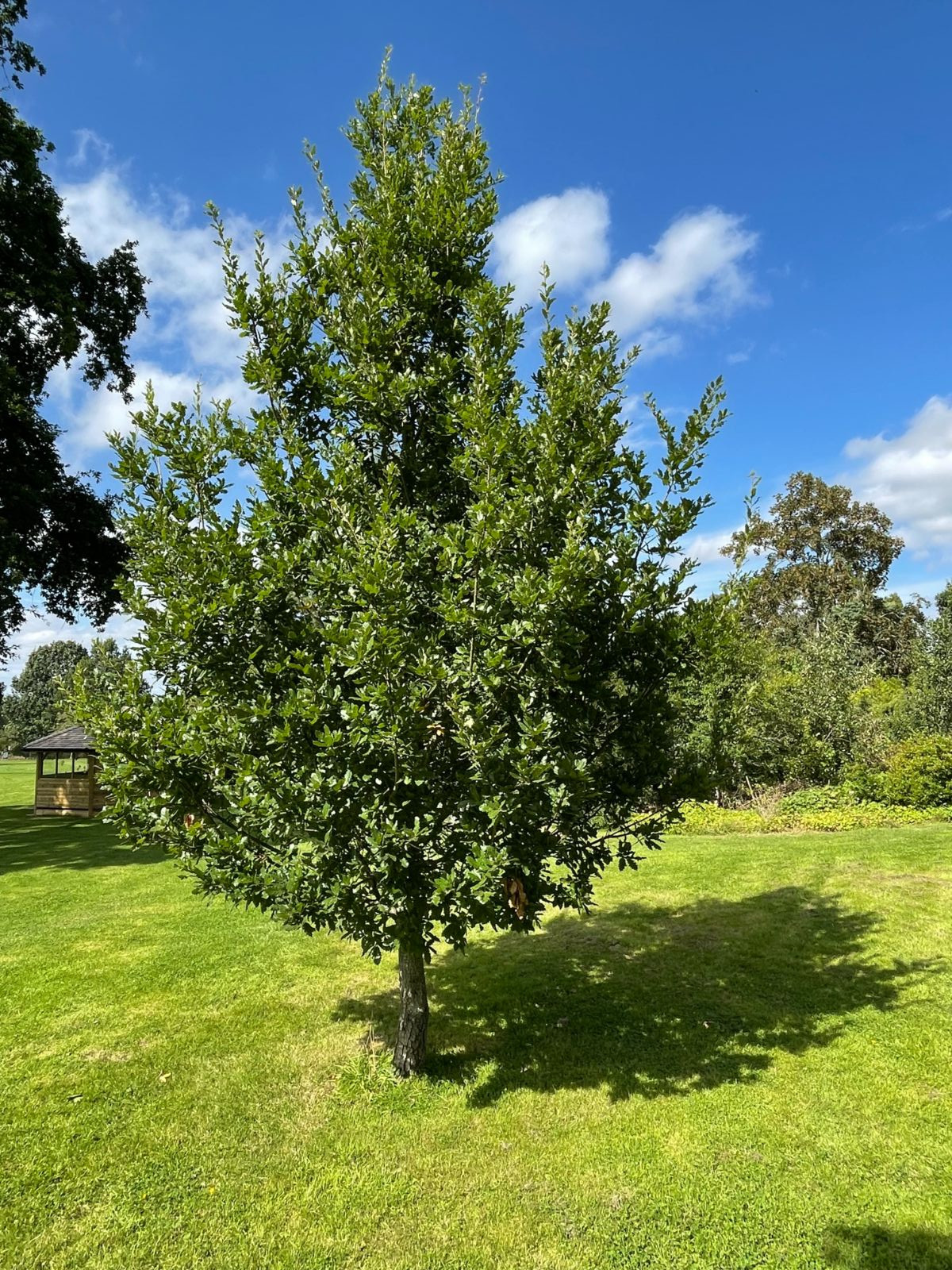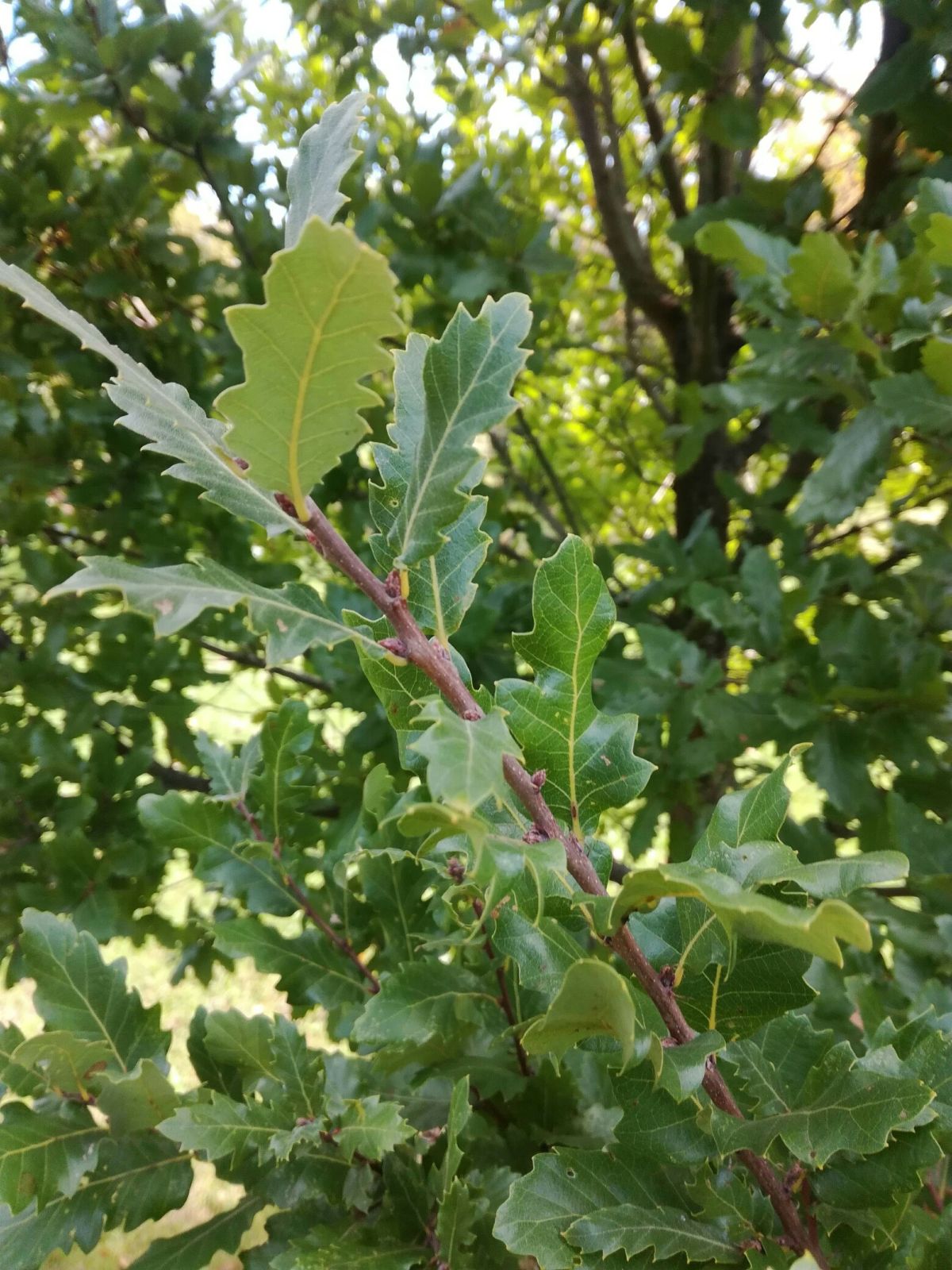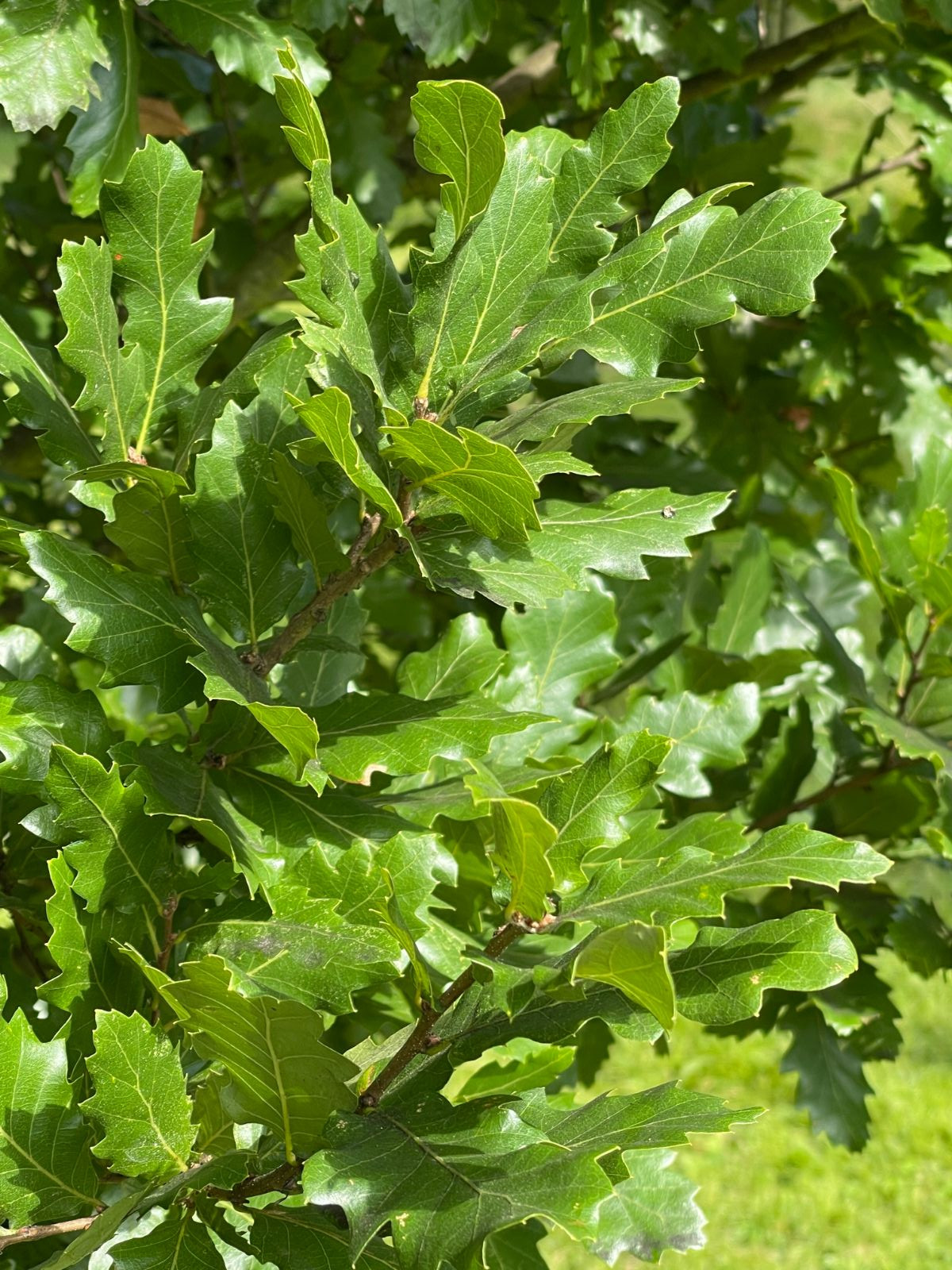Quercus × schneideri
Sponsor
Kindly sponsored by
The Trees and Shrubs Online Oak Consortium
Credits
Allen Coombes & Roderick Cameron (2021)
Recommended citation
Coombes, A. & Cameron, R. (2021), 'Quercus × schneideri' from the website Trees and Shrubs Online (treesandshrubsonline.
Genus
- Quercus
- Subgen. Cerris, Sect. Cerris
Other taxa in genus
- Quercus acerifolia
- Quercus acherdophylla
- Quercus acrodonta
- Quercus acuta
- Quercus acutifolia
- Quercus acutissima
- Quercus afares
- Quercus affinis
- Quercus agrifolia
- Quercus alba
- Quercus aliena
- Quercus alnifolia
- Quercus aquifolioides
- Quercus arizonica
- Quercus arkansana
- Quercus aucheri
- Quercus augustini
- Quercus austrina
- Quercus × auzendei
- Quercus baloot
- Quercus bambusifolia
- Quercus baronii
- Quercus bicolor
- Quercus brantii
- Quercus buckleyi
- Quercus canariensis
- Quercus canbyi
- Quercus candicans
- Quercus castanea
- Quercus castaneifolia
- Quercus cerris
- Quercus chenii
- Quercus chrysolepis
- Quercus coccifera
- Quercus cocciferoides
- Quercus coccinea
- Quercus conspersa
- Quercus crassifolia
- Quercus crassipes
- Quercus delavayi
- Quercus dentata
- Quercus deserticola
- Quercus dolicholepis
- Quercus douglasii
- Quercus dumosa
- Quercus durifolia
- Quercus eduardii
- Quercus ellipsoidalis
- Quercus emoryi
- Quercus engelmannii
- Quercus engleriana
- Quercus euboica
- Quercus eugeniifolia
- Quercus fabri
- Quercus faginea
- Quercus falcata
- Quercus floribunda
- Quercus frainetto
- Quercus franchetii
- Quercus fruticosa
- Quercus fusiformis
- Quercus gambelii
- Quercus garryana
- Quercus geminata
- Quercus georgiana
- Quercus germana
- Quercus gilliana
- Quercus gilva
- Quercus glabrescens
- Quercus glauca
- Quercus graciliformis
- Quercus gravesii
- Quercus griffithii
- Quercus grisea
- Quercus guyavifolia
- Quercus hartwissiana
- Quercus hemisphaerica
- Quercus × hispanica
- Quercus hondae
- Quercus hypargyrea
- Quercus hypoleucoides
- Quercus ilex
- Quercus ilicifolia
- Quercus imbricaria
- Quercus incana
- Quercus infectoria
- Quercus insignis
- Quercus ithaburensis
- Quercus kelloggii
- Quercus × kewensis
- Quercus kiukiangensis
- Quercus laceyi
- Quercus laevis
- Quercus lamellosa
- Quercus lanata
- Quercus lancifolia
- Quercus laurifolia
- Quercus laurina
- Quercus × leana
- Quercus leucotrichophora
- Quercus × libanerris
- Quercus libani
- Quercus lobata
- Quercus lobbii
- Quercus lodicosa
- Quercus longinux
- Quercus longispica
- Quercus look
- Quercus × ludoviciana
- Quercus macranthera
- Quercus macrocalyx
- Quercus macrocarpa
- Quercus macrolepis
- Quercus marilandica
- Quercus mexicana
- Quercus michauxii
- Quercus mongolica
- Quercus monimotricha
- Quercus montana
- Quercus morii
- Quercus muehlenbergii
- Quercus myrsinifolia
- Quercus myrtifolia
- Quercus nigra
- Quercus × numidica
- Quercus oblongifolia
- Quercus obtusata
- Quercus oglethorpensis
- Quercus oxyodon
- Quercus pagoda
- Quercus palmeri
- Quercus palustris
- Quercus pannosa
- Quercus parvula
- Quercus petraea
- Quercus phellos
- Quercus phillyreoides
- Quercus planipocula
- Quercus poilanei
- Quercus polymorpha
- Quercus pontica
- Quercus prinoides
- Quercus pubescens
- Quercus pyrenaica
- Quercus rehderiana
- Quercus reticulata
- Quercus robur
- Quercus rotundifolia
- Quercus rubra
- Quercus rugosa
- Quercus rysophylla
- Quercus sadleriana
- Quercus salicina
- Quercus sartorii
- Quercus schottkyana
- Quercus semecarpifolia
- Quercus senescens
- Quercus serrata
- Quercus sessilifolia
- Quercus setulosa
- Quercus shumardii
- Quercus sinuata
- Quercus spinosa
- Quercus stellata
- Quercus stenophylloides
- Quercus suber
- Quercus subspathulata
- Quercus tarokoensis
- Quercus tatakaensis
- Quercus texana
- Quercus tomentella
- Quercus trojana
- Quercus tungmaiensis
- Quercus turbinella
- Quercus × turneri
- Quercus undulata
- Quercus utahensis
- Quercus utilis
- Quercus uxoris
- Quercus variabilis
- Quercus velutina
- Quercus virginiana
- Quercus vulcanica
- Quercus warburgii
- Quercus wislizenii
- Quercus xalapensis
Quercus cerris × Q. trojana. Tree to 10 m tall or more. Young shoots tomentose, glabrous in the second year. Leaves deciduous, oblong to elliptic or somewhat obovate, blunt at the apex, tapered to rounded or slightly cordate at the base, to 10 × 3 cm, more on vigorous shoots. Margin edged with up to 9 or 10 mucronate teeth that are more rounded than in Q. trojana, occasionally more deeply lobed. They are glossy dark green and more or less glabrous above when mature, paler and tomentose beneath, turning yellow in autumn. Petiole to 12 mm long. Cupules hemispherical, sessile, up to 21 × 27 mm, covered with long scales, the apical ones erect, the lower recurved. Acorns oblong-ovoid, to 3.2 × 1.7 cm, about half enclosed in the cup and ripening the second year. (Vierhapper 1912)
Distribution Albania Bosnia and Herzegovina North Macedonia Serbia Turkey
Habitat Mountain forests
USDA Hardiness Zone 6
RHS Hardiness Rating H7
Two trees at Arboretum de Pouyouleix, France, received as Q. erucifolia (= Q. robur subsp. pedunculiflora) appear to belong here. The foliage on these is very variable, some leaves with the regular toothing of Q. trojana but often with more rounded teeth and longer petioles, while others are more deeply and irregularly lobed, showing the influence of Q. cerris. The foliage resembles that of a tree of Q. × schneideri found in the Kasnak Forest, Turkey in 2002 during an International Oak Society visit. In 2020 they were 8 m × 31 cm and 7 m × 20 cm (B. Chassé pers. comm.). A tree at the Sir Harold Hillier Gardens, England, raised there from seed of Q. trojana (received as Q. × hispanica ‘Hemelrijk’) in 2005 was 4.5 m tall with a spread of 2.5 m in 2020 (B. Clarke pers. comm.).
It was named after Captain Josef Schneider (1877–1938), who collected the original material near Domanovići in Bosnia and Herzegovina in 1911. Schneider, an officer in the Austro-Hungarian army, was a keen plantsman and was nicknamed ‘Wurzelsepp’, a humorous but untranslatable expression – literally “a collector of roots (wurzel) called Sepp (a shortened form of Josef)” – bearing the connotation of slight eccentricity. His herbarium, collected mostly in Albania, contained 26,627 specimens and is kept in the Museum of Natural History in Vienna (Lack & Barina 2020). He was a Captain at the time he collected the material of Q. × schneideri, but his eccentricity seems to have been no bar to promotion: his herbarium is recorded as ‘Herbarium General J. Schneider’.

